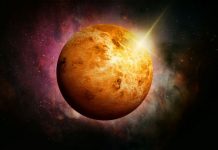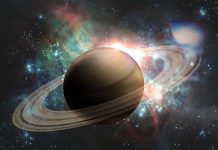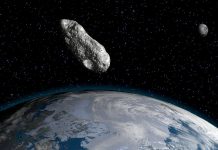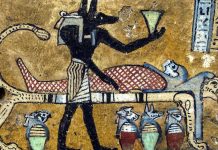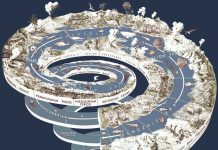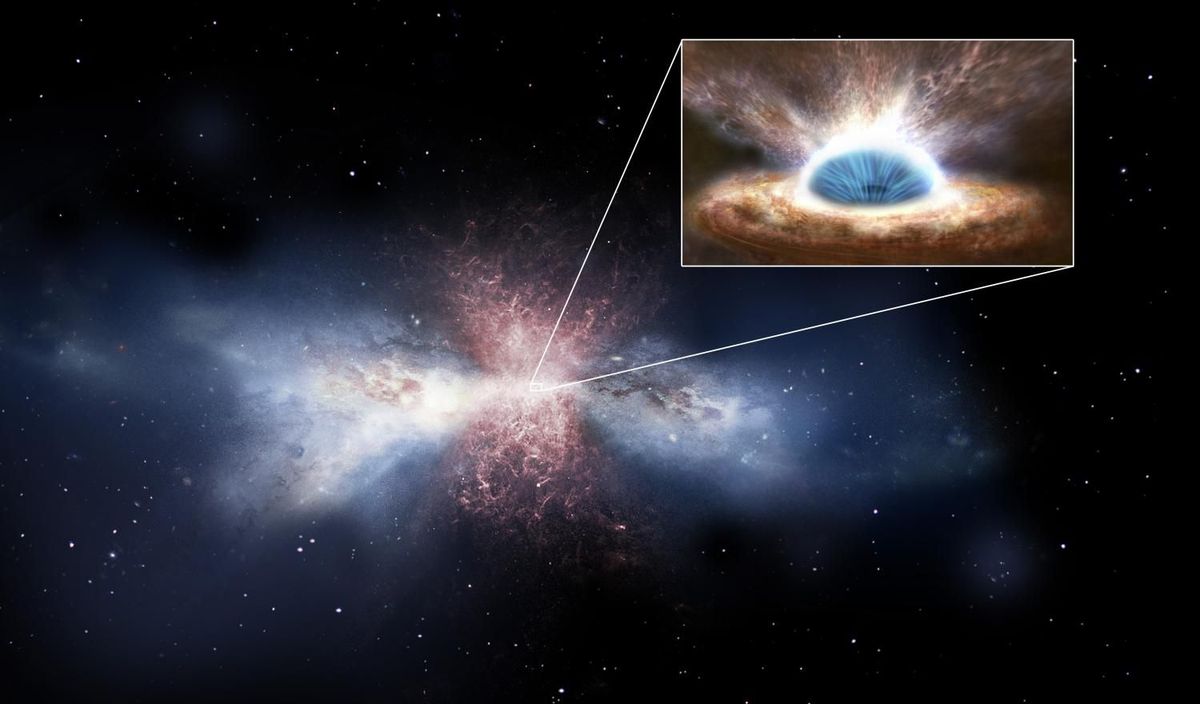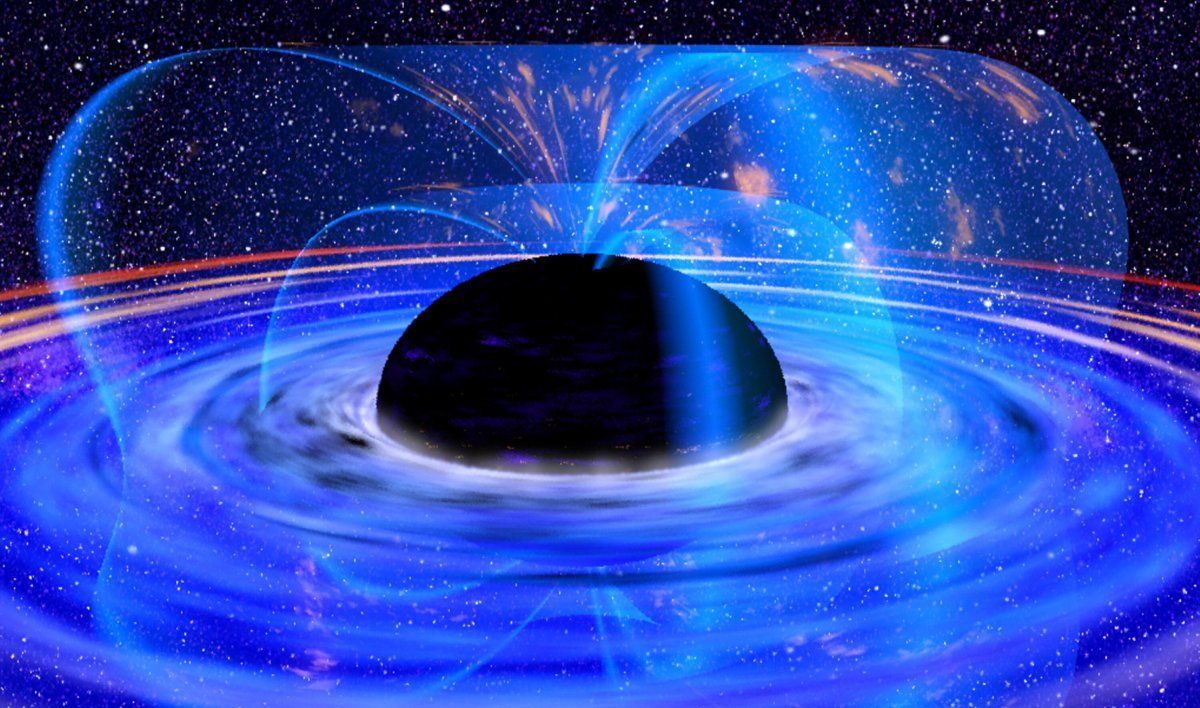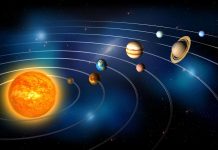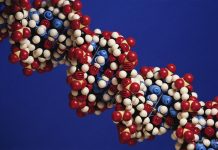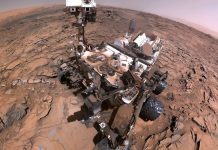In theory, the existence of such a black hole is quite possible, but in practice, astronomers have not been able to observe it before. As previously thought, there are two types of black holes – the first is formed as a result of the explosion of a star, that is, a section with the so-called stellar mass; the second is formed due to the collision of cosmic gaseous clouds, which is called superheavy.
Holes with a stellar mass of a maximum of 300 times the mass of the sun, which cannot be said about a superheavy black hole, which can be billions of times heavier than the sun. Now scientists have personally encountered a medium-mass black hole, which is about 2.2 thousand times heavier than the sun. This is the first new discovery in a long time of space exploration and observation of celestial bodies. A black hole was discovered in the center of the star cluster 47 Toucan, which is located 16,700 light-years away from us. It is able to absorb all the substances around it.
Ordinary black holes form after the collapse of individual stars, and scientists believed that the ultimate mass is about 15 times the mass of our Sun. Supermassive black holes lurking in the center of almost every galaxy consume billions of stars. However, astrophysicists have not seen collapsing stars form intermediate-mass black holes. That’s why it came as a surprise to everyone that with the help of LIGO in February 2016, it was possible to detect ripples in space caused by the merger of two black holes, whose masses are 29 and 36 times greater than the Sun.
“Can dark matter consist of black holes?”
Theorists say that there is a possibility of the formation of such heavy black holes even before the appearance of the first stars: we are talking about the direct decay of matter into a boiling plasma of particles that filled the cosmos immediately after the Big Bang. If the discovery of LIGO was not just a statistical distortion, then space may simply be teeming with such “primary” black holes, which will be an exhaustive explanation of where 85% of the matter in the universe has gone.
Timothy Brandt, an astrophysicist at the Institute for Advanced Study in Princeton, New Jersey, says there is another controversial aspect to this theory. Black holes heavier than 10 solar masses should have been in the center of small galaxies long ago, tearing apart stars by the force of their gravity. This, of course, would lead to chaotic and “churning” of the central zone of the galaxies themselves. However, the scientist studied 5 small galaxies near the Milky Way and found that they are all compact and stable, which, according to Brandt, is a very strong argument against the Kamionowski hypothesis.
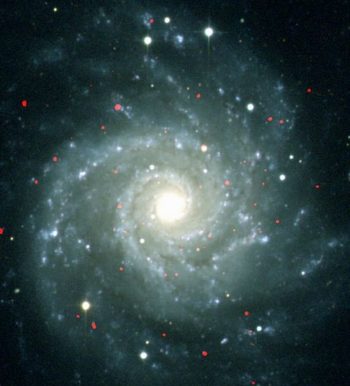 Two studies of this phenomenon, conducted back in 1990, exclude the possibility of the existence of a huge number of black holes. But since the studies themselves were quite short, they were sensitive only to holes with a very modest mass. Or the End, a cosmologist from Johns Hopkins University, says that now it is necessary to conduct a number of repeated studies in order to discuss the hypothesis on the basis of reliable information. Kovets hopes that this is possible with the help of the latest radio telescopes, which will be launched into orbit in the coming years. A microlinized black hole with a mass of about 30 solar masses should have generated a large echo, as a result of which it will not be difficult to detect it, and if the universe is indeed full of primary supermassive holes, then the new equipment will detect thousands of such formations.
Two studies of this phenomenon, conducted back in 1990, exclude the possibility of the existence of a huge number of black holes. But since the studies themselves were quite short, they were sensitive only to holes with a very modest mass. Or the End, a cosmologist from Johns Hopkins University, says that now it is necessary to conduct a number of repeated studies in order to discuss the hypothesis on the basis of reliable information. Kovets hopes that this is possible with the help of the latest radio telescopes, which will be launched into orbit in the coming years. A microlinized black hole with a mass of about 30 solar masses should have generated a large echo, as a result of which it will not be difficult to detect it, and if the universe is indeed full of primary supermassive holes, then the new equipment will detect thousands of such formations.


